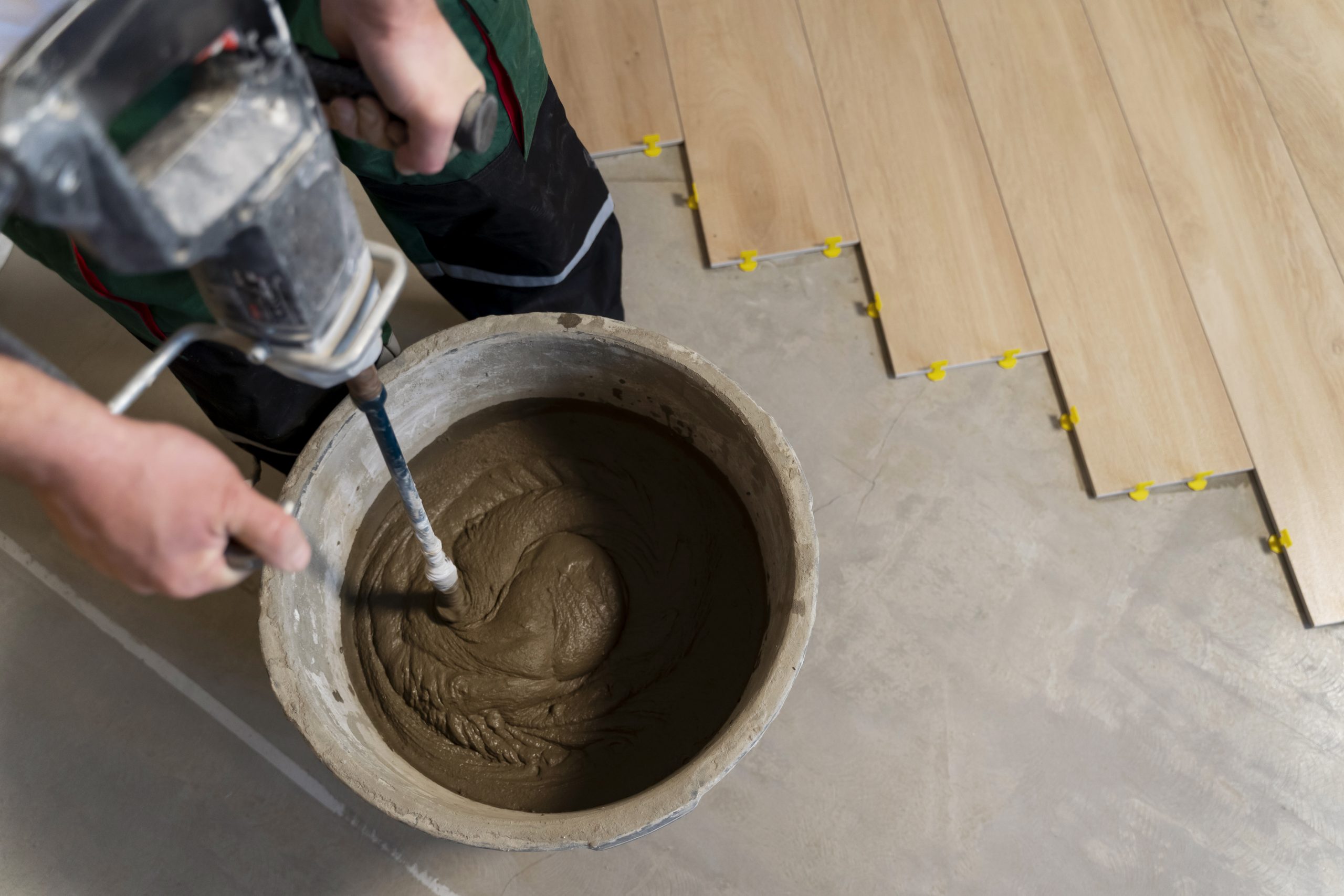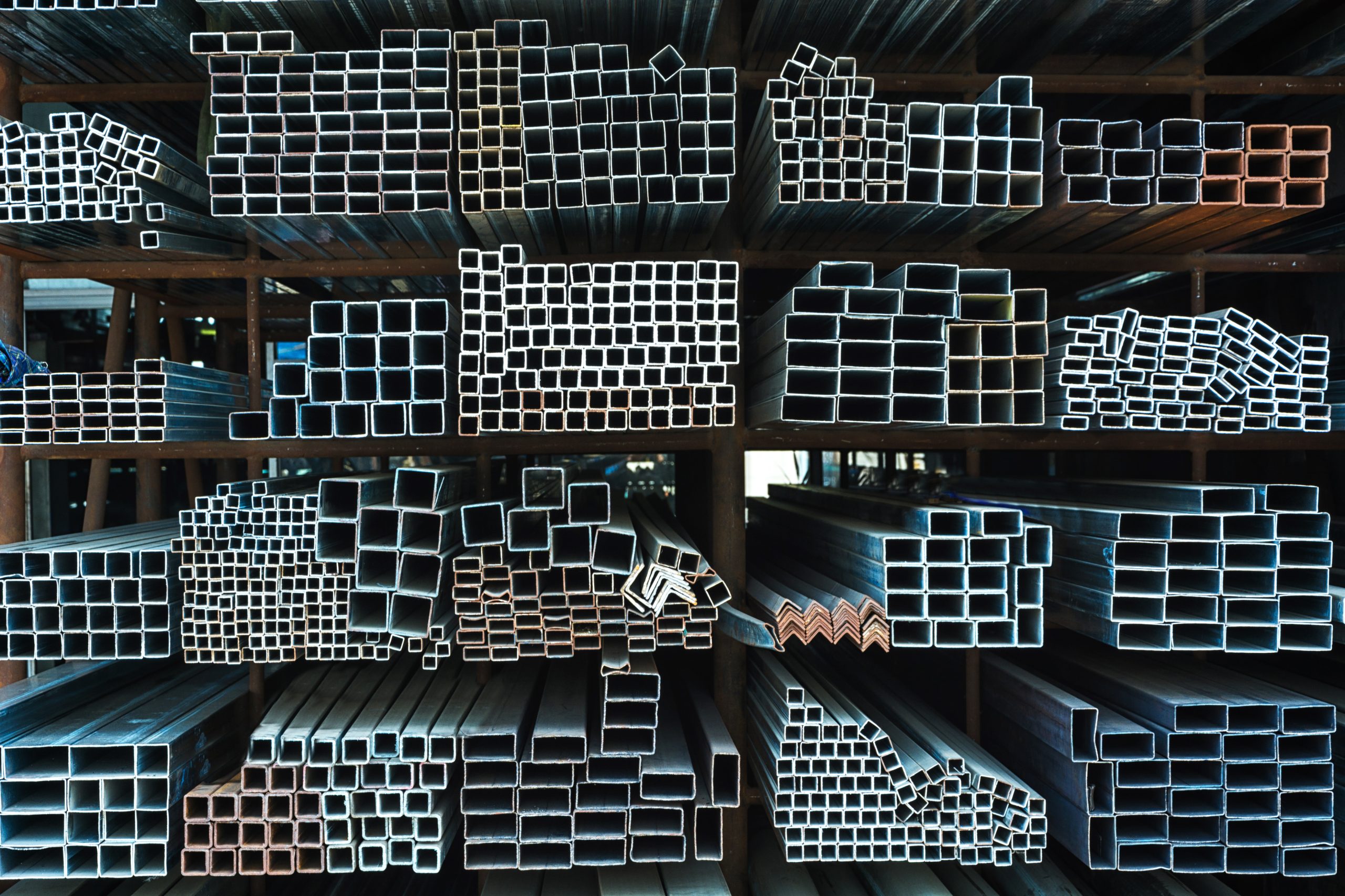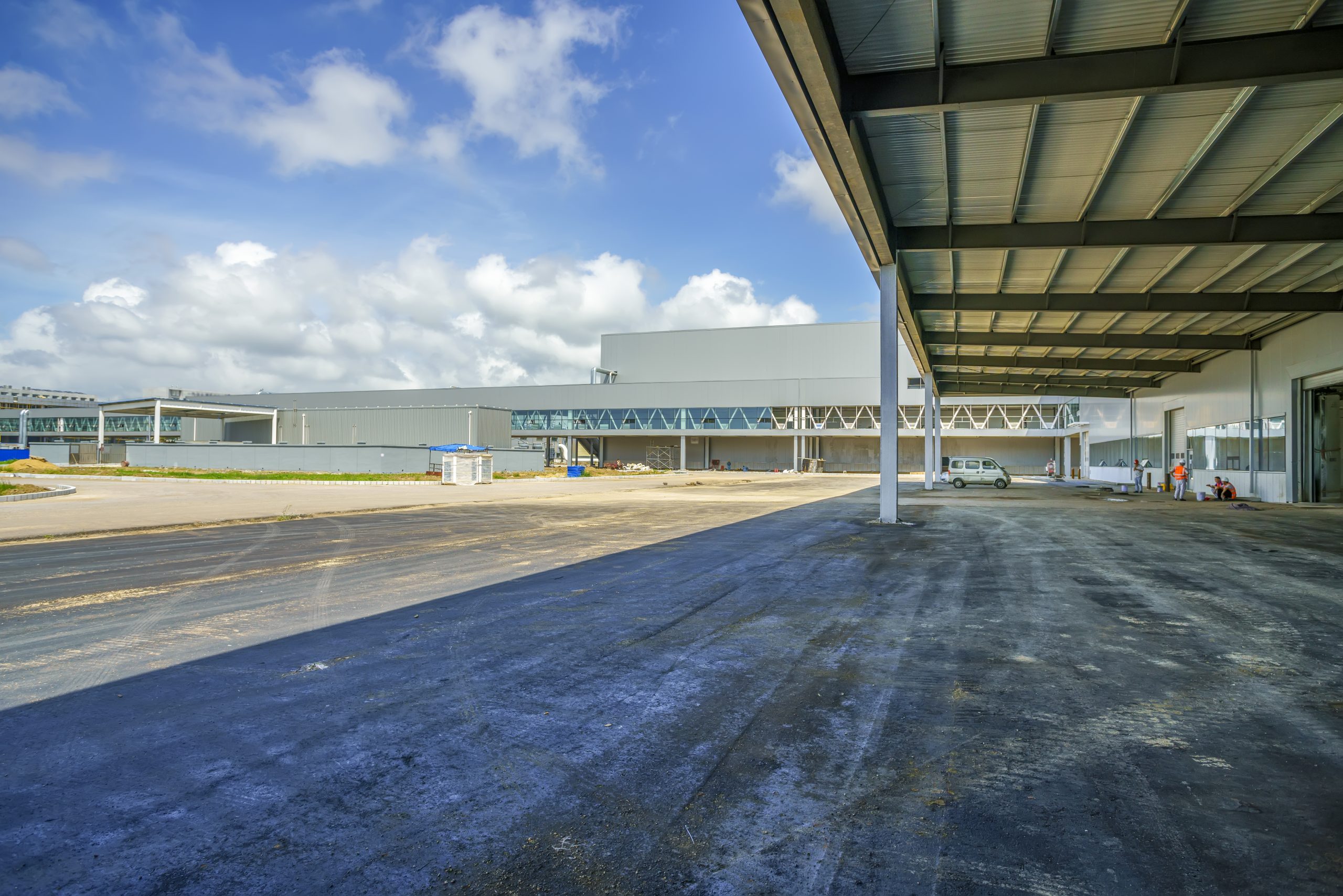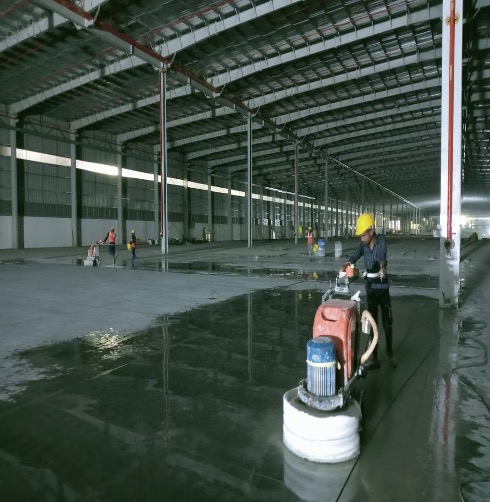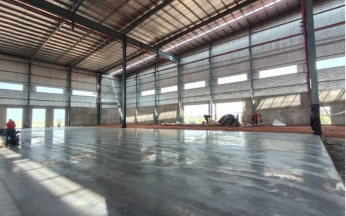Selecting the right concrete flooring system for your warehouse is crucial for ensuring durability, efficiency, and safety. With various options available, it’s important to understand the benefits and applications of each system. In this article, we’ll guide you through the process of choosing the best concrete flooring system for your warehouse needs.
Jointed vs. Jointless Floors
Jointed Floors
Definition: Jointed floors involve the use of joints to control cracking in the concrete slab. These joints allow for movement caused by shrinkage and temperature changes.
Pros:
- Cost-effective installation
- Controlled cracking
- Ease of repair
Cons:
- Maintenance challenges
- Surface irregularities
- Durability concerns
Jointless Floors
Definition: Jointless floors minimize or eliminate the use of joints within the concrete slab, achieved using advanced construction techniques and materials.
Pros:
- Seamless surface
- Reduced maintenance
- Enhanced aesthetic appeal
Cons:
- Higher initial costs
- Complex installation process
- Limited application scenarios
FM vs. DM Specifications
Free Movement (FM) Areas
Definition: FM areas allow materials handling equipment (MHE) to move freely in any direction, typically found in marshalling zones and wide aisles.
Applications: Ideal for warehouses with low-level storage and frequent, random MHE movement.
Defined Movement (DM) Areas
Definition: DM areas have fixed paths for MHE, commonly associated with high-level storage racking with very narrow aisles (VNAs).
Applications: Suitable for warehouses with high-level storage and defined MHE paths.
Factors to Consider
Type of Warehouse and Operations
Evaluate the specific needs of your warehouse, including the type of operations, load-bearing requirements, and traffic patterns.
Budget and Long-Term Costs
Consider the initial installation costs and long-term maintenance expenses. While jointless floors may have higher upfront costs, they offer long-term savings through reduced maintenance.
Maintenance Requirements
Assess the maintenance needs of each flooring system. Jointless floors require less maintenance, making Choosing the Right Concrete Flooring System for Your Warehouse (Continued)
Maintenance Requirements (Continued)
Asses the maintenance needs of each flooring system. Jointless floors require less maintenance, making them an attractive option for high-traffic warehouses.
Case Studies
Large Distribution Center in Riyadh
A large distribution center in Riyadh chose jointless flooring to handle heavy traffic and high load capacities. The seamless surface improved material handling efficiency and significantly reduced maintenance costs.
E-commerce Warehouse in Jeddah
An e-commerce warehouse in Jeddah opted for jointed flooring due to budget constraints. Despite the need for regular maintenance, the cost savings during installation made it a viable option.
Conclusion
Choosing the right concrete flooring system for your warehouse involves evaluating your specific needs, budget, and long-term goals. Jointed and jointless floors each have their own benefits and applications. By carefully considering these factors, you can make an informed decision that best suits your warehouse’s specific needs.
Call to Action: Need help selecting the best concrete flooring system for your warehouse? Contact Indus Arabia today for expert advice and tailored solutions.


